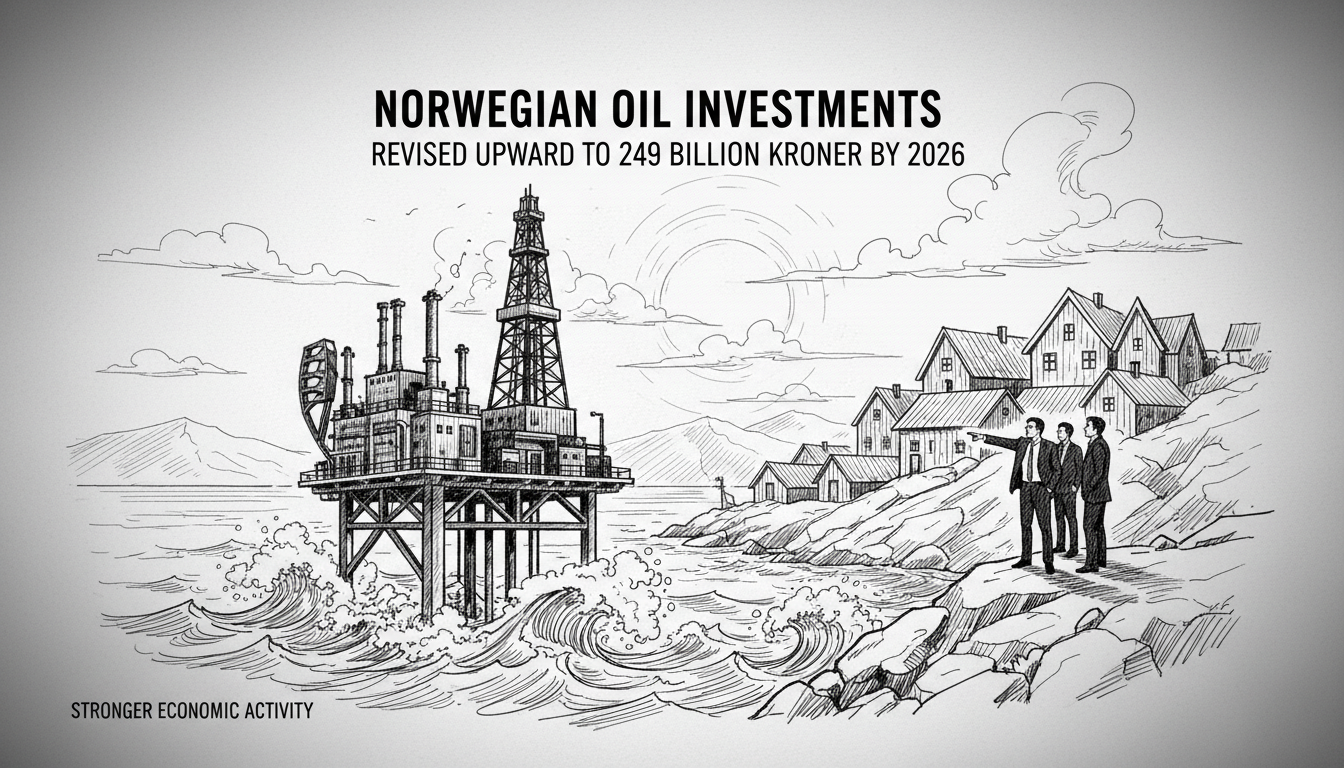Norwegian oil companies now project a smaller investment decline than previously expected. The latest official statistics show petroleum investments reaching 249 billion kroner in 2026, up from earlier estimates of 230 billion kroner. The forecast for 2025 remains unchanged at 275 billion kroner.
Energy companies report their planned investments quarterly to Norwegian authorities. The statistics agency only includes investments after companies submit formal development plans. This means numbers can increase if more projects receive approval or if costs exceed initial estimates. Investment figures could also decrease if projects face delays or come in under budget. Currency fluctuations also impact final investment totals.
The petroleum sector has driven Norway's economic performance in recent years. This high activity level contributed to strong housing price growth in western Norwegian cities. It also reduced pressure for interest rate cuts from the central bank.
Construction and development sectors outside oil have shown weaker performance. This divergence highlights Norway's ongoing economic transition challenges.
The current investment surge partly stems from crisis measures implemented during the pandemic. Norwegian politicians introduced favorable tax rules to stimulate oil industry activity during that period.
Norway's central bank predicts investment declines of five percent in both 2026 and 2027. This reflects the gradual transition away from fossil fuels while maintaining economic stability.
The revised figures demonstrate how Norway balances immediate economic needs with long-term energy transition goals. Oil revenues continue funding the world's largest sovereign wealth fund while the country develops renewable energy alternatives.
International observers watch Norwegian petroleum investments closely. They serve as indicators for global energy markets and Europe's energy security planning. Norway remains a crucial supplier to European markets despite broader climate commitments.
The investment adjustments show how project timelines and cost estimates evolve in complex energy developments. Companies constantly reassess their portfolios based on technical challenges, market conditions, and regulatory frameworks.

